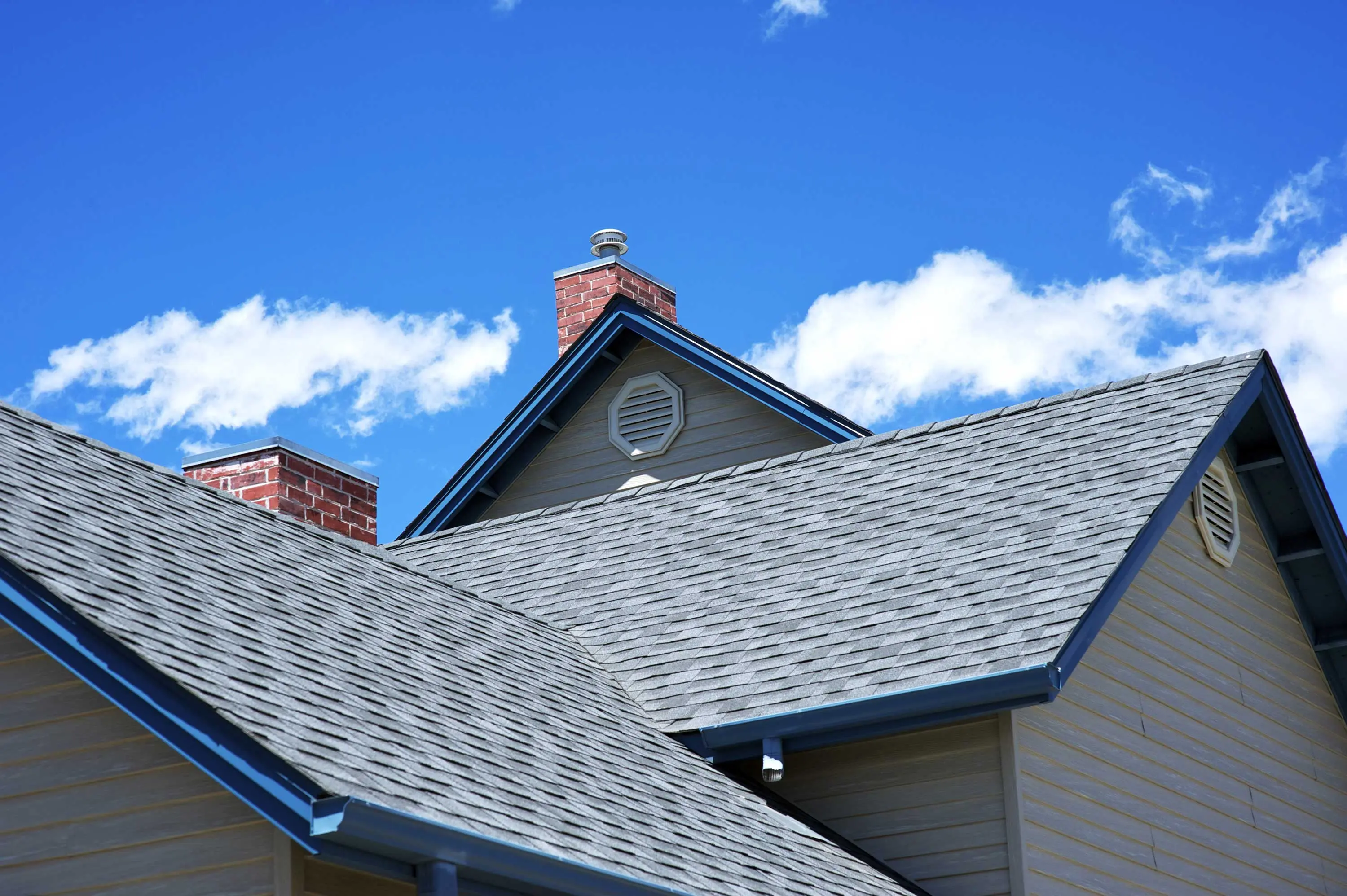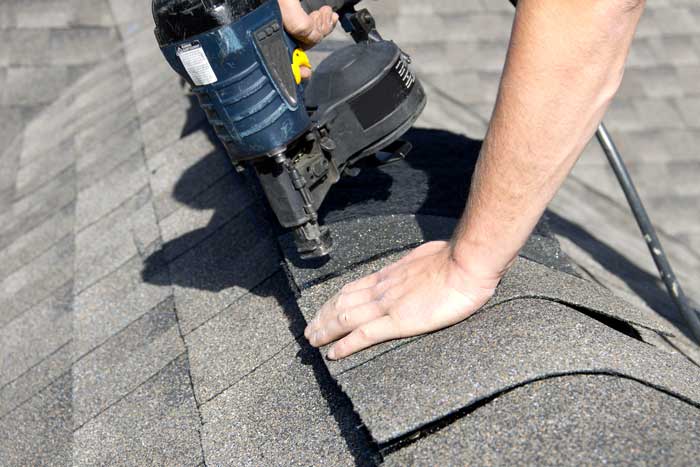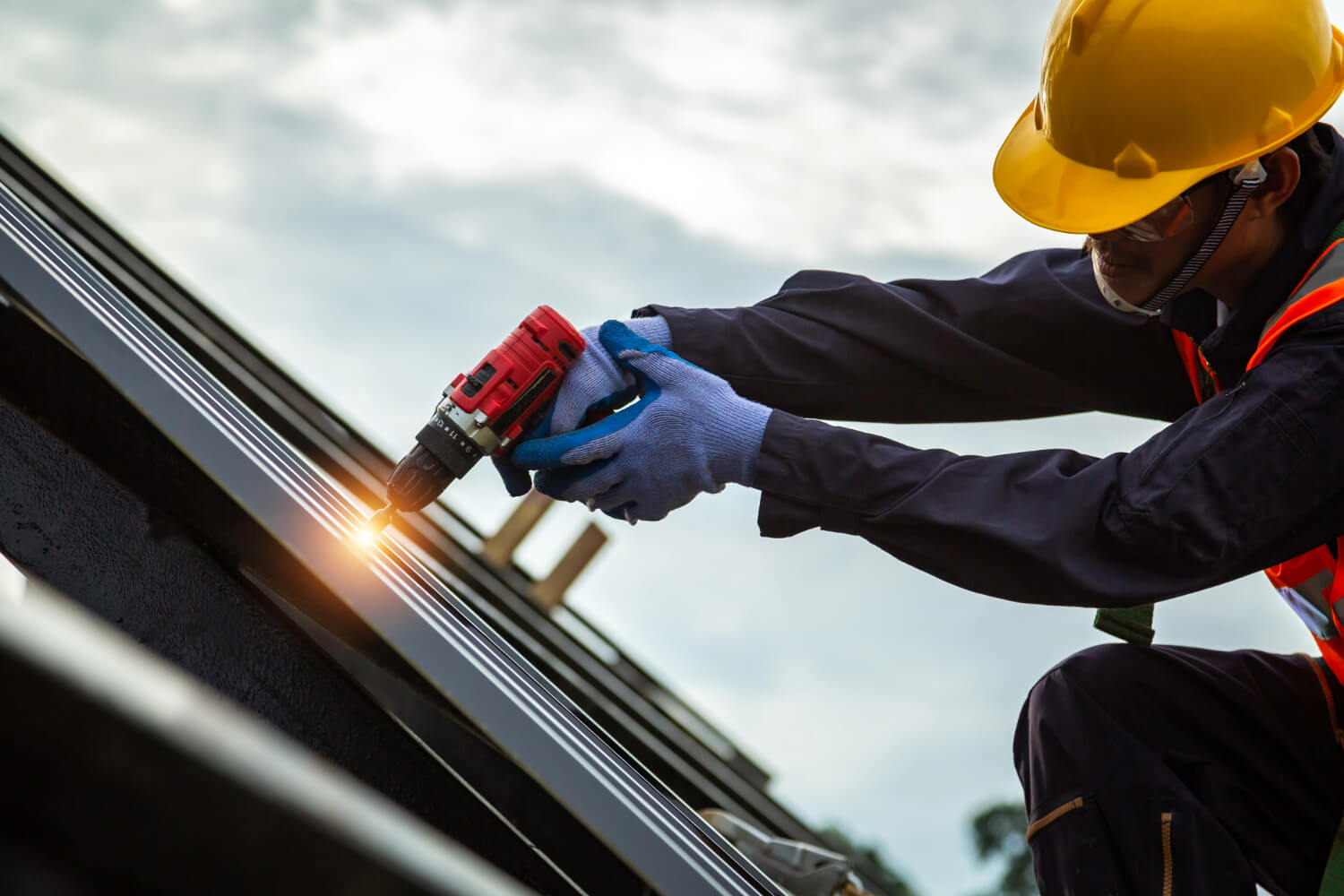Expert Tips for a Flawless Roof Flat Roof Covering Setup Process
The installment of a level roof is an important task that calls for meticulous planning and execution to make sure sturdiness and efficiency. Trick factors to consider consist of picking the appropriate materials, understanding the details kind of flat roof, and adhering to industry standards during the setup process.
Comprehending Flat Roof Types
When considering a flat roofing system setup, it is important to understand the various kinds readily available, each offering distinctive benefits and drawbacks. The most typical level roofing kinds include built-up roofing systems (BUR), modified asphalt roofings, and single-ply membrane layers.
Built-up roofings consist of numerous layers of asphalt and felt, providing excellent waterproofing and longevity. These roof coverings are commonly liked for domestic applications due to their convenience of setup and repair.
Single-ply membrane layers, such as EPDM, TPO, and PVC, are acquiring appeal for their lightweight nature and convenience of installment. EPDM, known for its long life, is particularly efficient in differing climates, while TPO and PVC use exceptional power effectiveness and reflectivity.
Eventually, the choice of flat roof covering type will certainly depend on aspects such as the structure's design, neighborhood environment, and spending plan considerations. Comprehending these alternatives is important for ensuring a successful setup that fulfills certain needs and demands.
Crucial Tools and Materials
To attain an effective flat roofing system installment, having the right tools and materials is critical. A well-appointed installation team guarantees effectiveness and top quality throughout the procedure. Key tools include a tape procedure for accurate dimensions, an utility knife for cutting roofing materials, and a pneumatic nail gun for protecting membrane layers. In addition, a warmth welder is essential for thermoplastic roof, while roofing rollers help in achieving proper adhesion.
In terms of materials, picking top notch roofing membranes is vital. Adhesives and sealants ideal for the selected membrane layer type are additionally crucial to prevent leakages and ensure toughness.
Safety equipment, including harnesses and construction hats, should not be overlooked to secure workers during setup. Moreover, having a reputable ladder or scaffolding is very important for secure accessibility to the roofing system. Purchasing these essential tools and products will certainly result in an extra efficient, efficient, and eventually effective level roofing setup.
Preparing the Roof Covering Surface
Before laying down any roof covering products, it is necessary to prepare the roofing system surface completely to ensure optimal adhesion and durability of the setup. This prep work procedure includes numerous critical steps that need to not be ignored.

Additionally, look for dampness and make sure that the surface is entirely dry. Any caught dampness can result in mold and mildew growth and compromise the stability of the roof. Use a wetness meter to confirm dryness. if necessary.

Step-by-Step Installation Process
With the roof surface area correctly prepared, the focus changes to the step-by-step installation procedure that will make certain a long lasting and effective level roof system. Begin by laying out your products, including the membrane layer, sticky, and any essential tools such as rollers and energy knives. Action and cut the roof covering membrane to fit the roof covering measurements, allowing for overlaps at joints.
Next, use the adhesive according to the maker's specifications, making certain even insurance coverage for ideal bonding. Meticulously position the membrane layer onto the sticky, beginning from one end and working your way throughout. Use a roller to remove air bubbles and make sure maximum attachment.
When the membrane layer is safely in place, emphasis on securing seams and sides (Flat Roof Installation in Cuyahoga Falls). Utilize a suitable sealer or tape to reinforce these areas, preventing water seepage. Install blinking around penetrations, such as vents or smokeshafts, to provide extra security
Upkeep and Inspection Tips

Begin by carrying out visual inspections at the very least twice a year, preferably in spring and fall, to determine any type of indicators of damage such as splits, blisters, or ponding water. Pay unique interest to seams and blinking, as these areas are vulnerable to leaks.
Get rid of debris, such as fallen leaves and branches, from the roof surface area and drainage systems to prevent water buildup. Flat Roof Installation in Cuyahoga Falls. Make sure that gutters and downspouts are clear link to help with correct water flow
In addition, look for any type of signs of mold and mildew or algae growth, which can endanger the roofing system's honesty. If you discover any kind of problems, resolve them quickly to stay clear of much more find this comprehensive damages.
Take into consideration involving an expert roof covering specialist for thorough evaluations and upkeep solutions. They can supply insights on repair work, layer applications, and various other preventative steps to boost your flat roofing system's longevity. Prioritizing upkeep will certainly protect your financial investment and provide peace of mind.
Final Thought
Finally, sticking to thorough prep work and installment strategies is crucial for achieving a flawless flat roof. Understanding the different sorts of flat roofing materials and utilizing high-quality products boosts resilience and performance. Regular maintenance and evaluations post-installation offer to extend the roofing system's lifespan and prevent possible problems. Engaging specialists for setup and maintenance additionally guarantees that best methods are followed, inevitably contributing to a effective and resilient flat roof covering service.
The installation of a flat roof covering is a vital undertaking that needs thorough planning and execution to make certain toughness and effectiveness. Secret factors to consider include choosing the ideal materials, recognizing the specific kind of level roofing system, and sticking to industry requirements throughout the read here setup procedure.To attain an effective flat roofing system installment, having the right tools and products is paramount. Spending in these vital devices and materials will lead to a much more reliable, effective, and inevitably effective flat roofing system setup.
With the roof covering surface area properly prepared, the focus changes to the step-by-step installation process that will make sure a long lasting and effective level roof covering system.